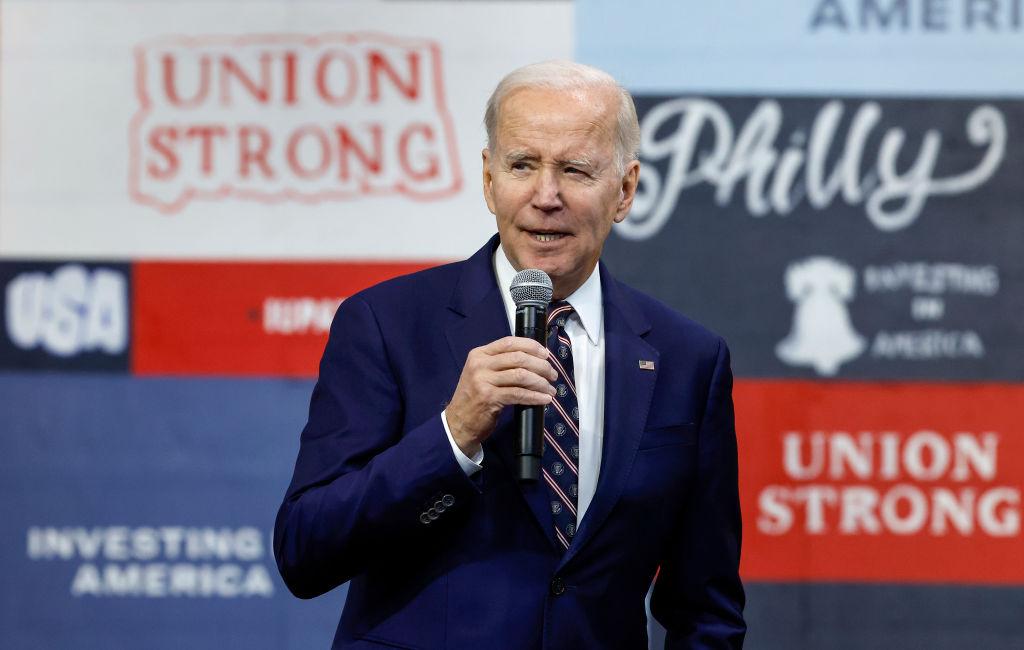The U.S. federal budget deficit has exceeded a $1 trillion in the first half of fiscal year 2023, with revenues declining and outlays growing.
The budget deficit between October 2022 and March 2023 is estimated to be at $1.1 trillion, according to a report (pdf) by the Congressional Budget Office (CBO) on April 10. This is $430 billion more than the shortfall recorded during the same period in the last fiscal year. While outlays or budgetary expenses grew by 13 percent in the first six months, revenues dipped by 3 percent.





